Former President Donald Trump famously threatened to abandon countries with NATO membership if they did not commit to spending at least 2 percent of their GDP on their defense budget.
Now, Canada, a country traditionally reluctant to spend on defense, is expected to announce its largest defense spending increase in recent years. This move comes amid changing attitudes about Canadian defense spending influenced by what some are calling the “Trump factor.”
Spending Plan
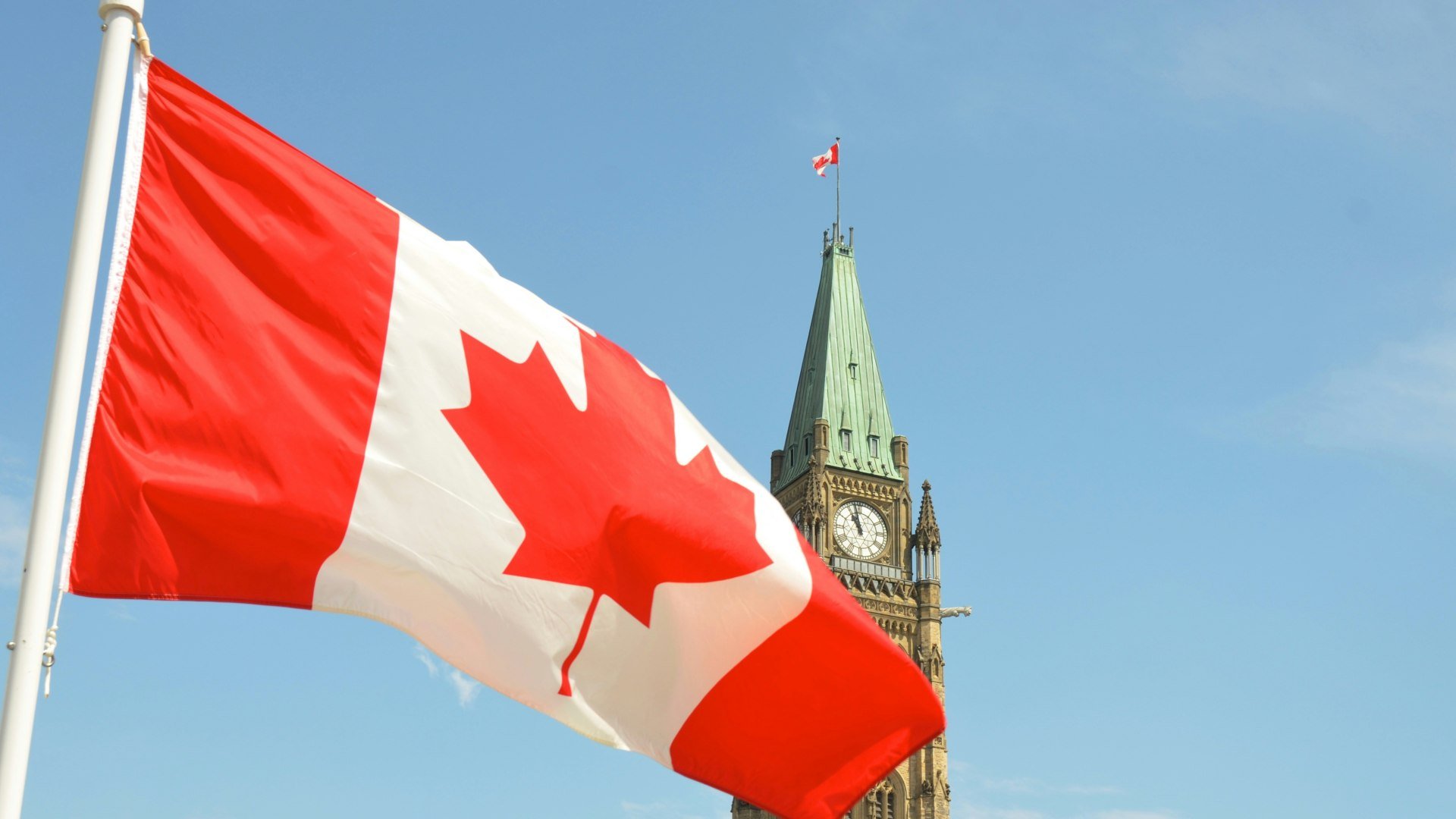
Canadian Finance Minister Chrystia Freeland expected to put forward a spending increase in defense in the upcoming budget. Canada’s defense budget will receive a C$8.1 billion dollar cash infusion, bringing the GDP spending percentage from 1.38 to 1.76.
While this still falls short of the 2 percent GDP goal for NATO member nations, it is the largest defense spending increase for Canada in seven years.
Trump Factor

The spending increase falls short of what NATO has demanded but is nevertheless a change in tone for the Trudeau government. Some are attributing this shift in policy to the effects Donald Trump has had on the conversation.
“It’s the Trump factor that’s moving it,” said Shachi Kurl, pollster at the Angus Reid Institute.
Not Paying Their Bills
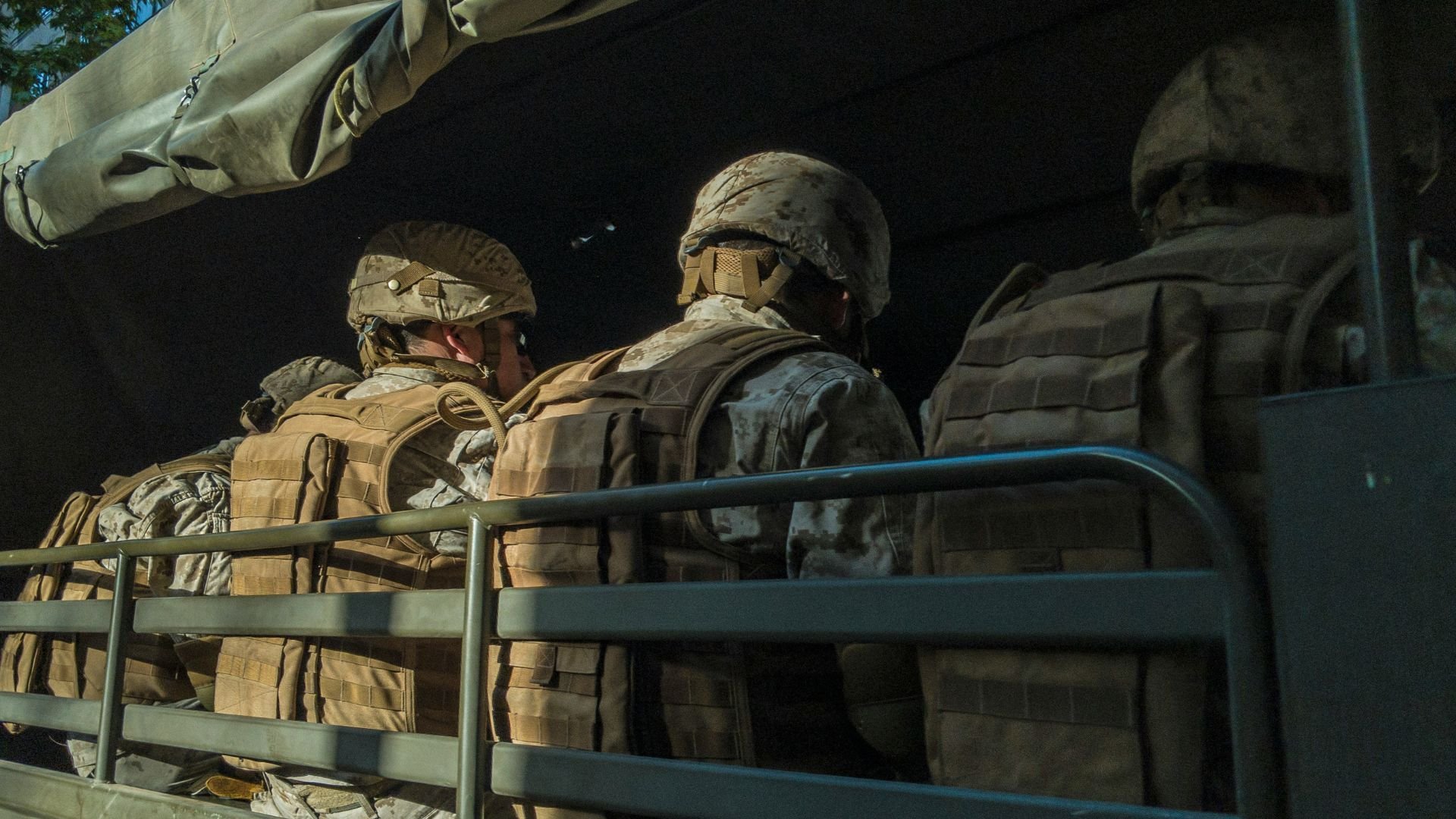
In February, Trump reiterated his continuing position that he will abandon NATO allies who do not pay.
“I’ve been saying, ‘Look, if they’re not going to pay, we’re not going to protect, okay? And Biden who said, ‘Oh, this is so bad. This is so terrible that he would say that.’ No,” said Trump. “Nobody’s paying their bills.”
Effects of the Trump Factor
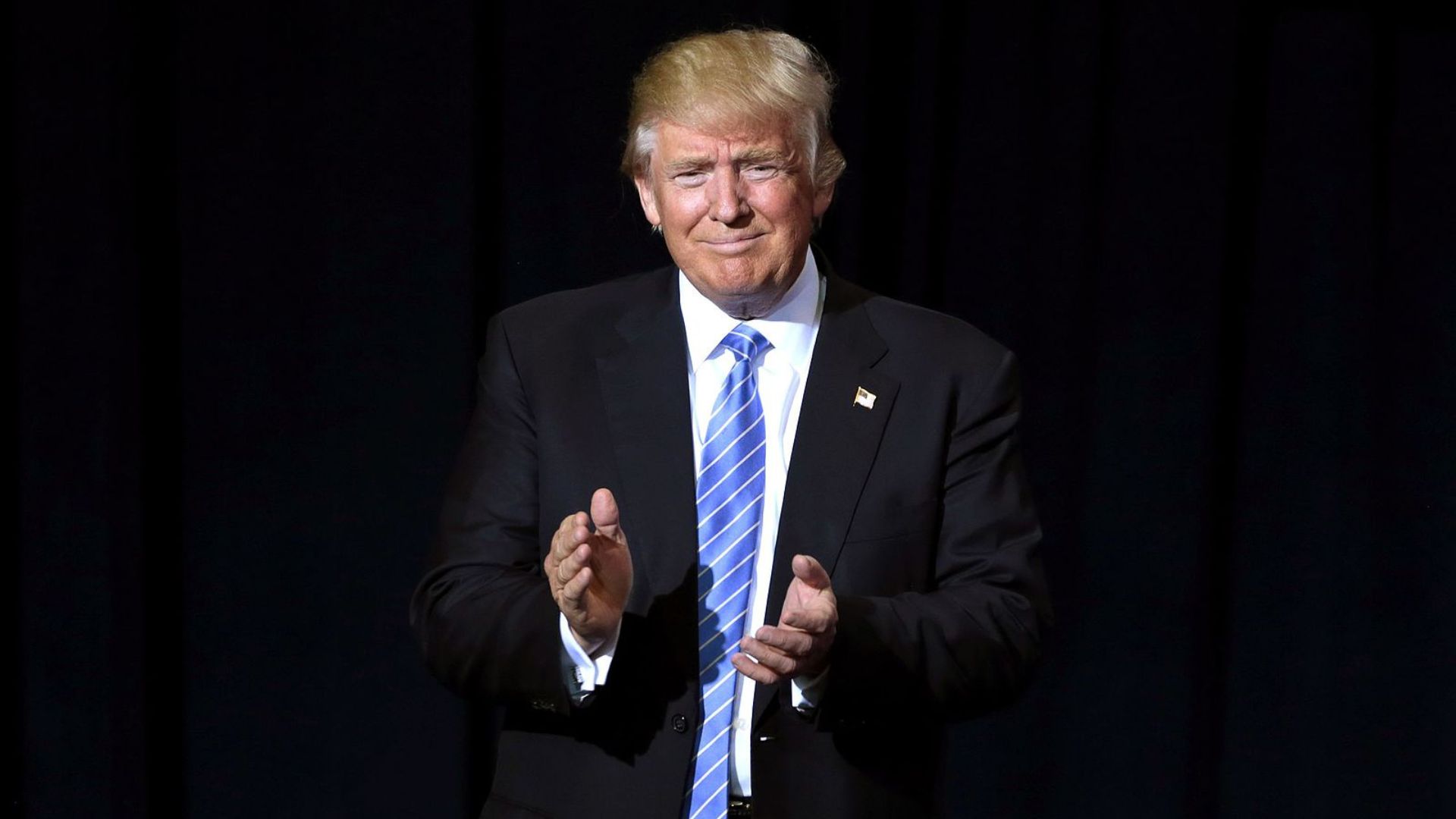
An Angus Reid poll found that more Canadians would support increasing defense spending to 2 percent if they knew Trump was going to make good on his threats.
“With that Trump factor, you see that number [support for increased defense spending] goes from 53 percent to past 60 percent. So, Canadians are under no illusions this time around in 2024 that when Trump says something, he probably means it,” Kurl said.
NATO Spending Target

In 2014, member nations and governments of the North Atlantic Treaty Organization (NATO) signed an agreement to spend 2% of their gross domestic product (GPD) on defense every year.
However, many countries, including Canada, have not met this goal. This had prompted Trump to criticize them. Nearly ten years later, only 18 out of 31 countries are on track to meet the spending goal in 2024.
Poll Findings
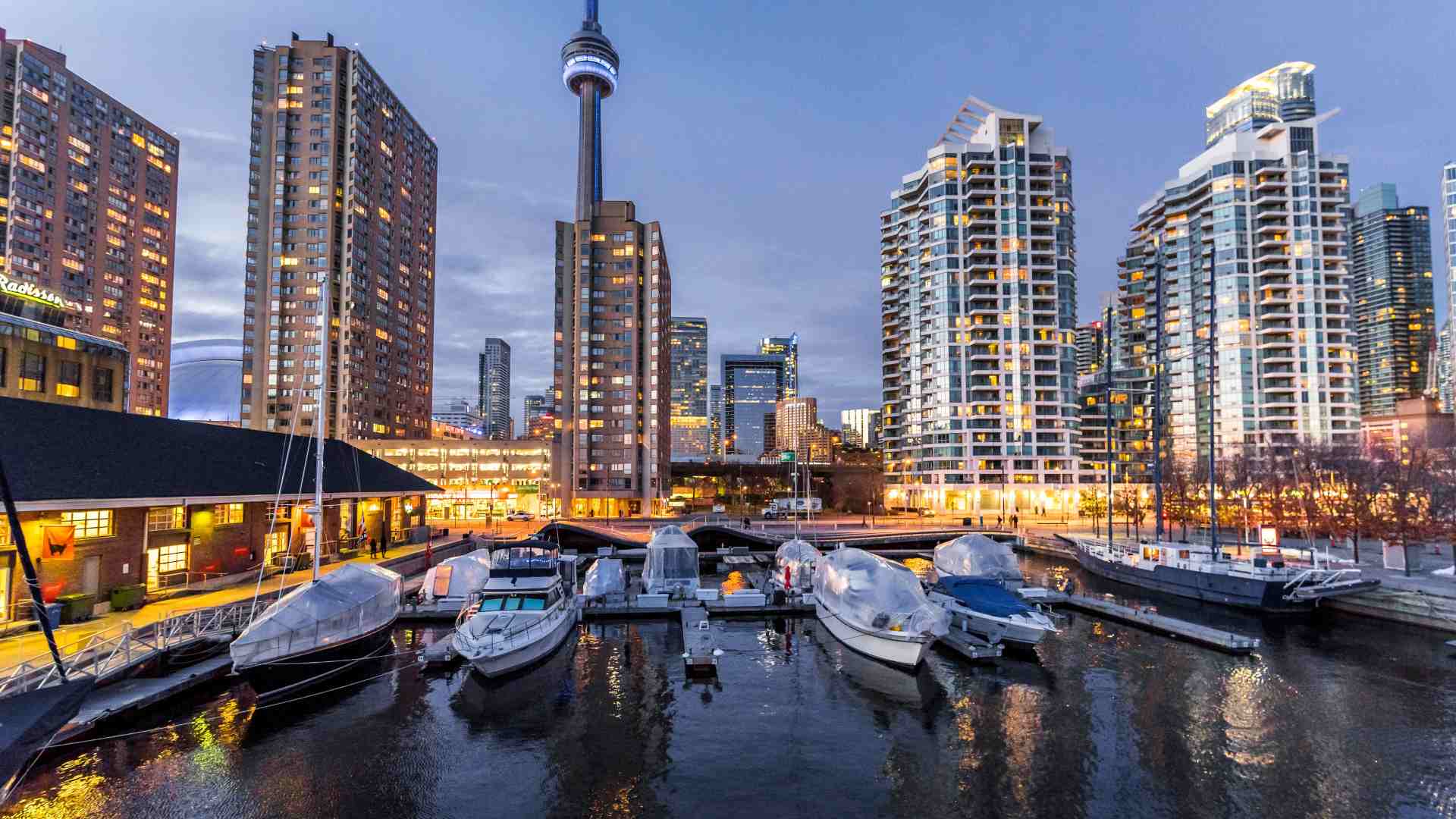
One of the key takeaways from this Angus Reid poll from March is that the percentage of Canadians who prioritize military preparedness has doubled in the past ten years.
“New data from the non-profit Angus Reid Institute finds the proportion of Canadians choosing their nation’s military preparedness and presence on the world stage as a top priority rising from 12 per cent to 29 per cent in the past decade,” Angus Reid Institute said.
Falling Behind
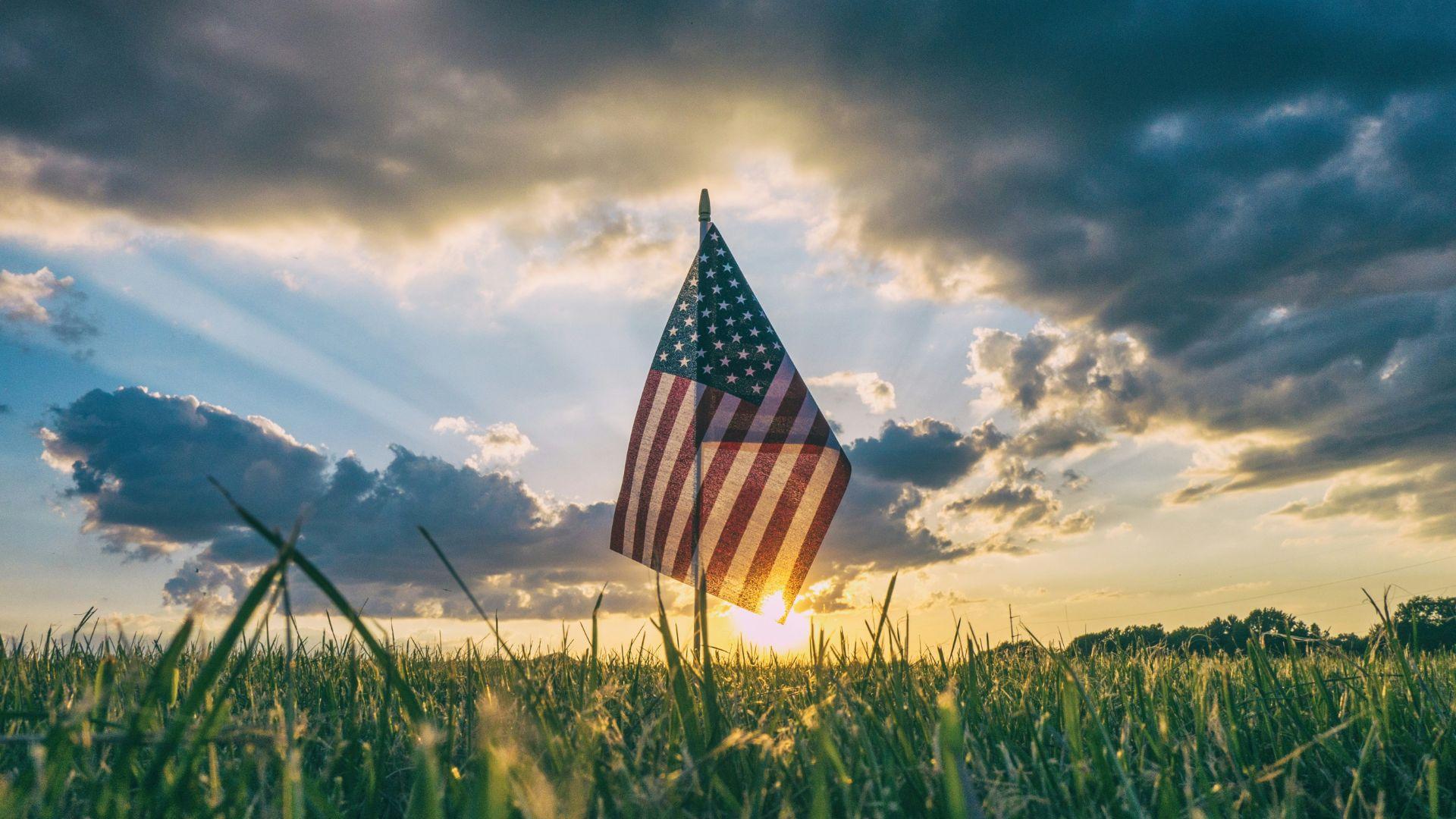
Polling data in the survey found that more than half of Canadians report feeling that the country is falling behind in several areas, including military power.
“At least half of Canadians say that Canada is “falling behind” with respect to its military power (58%), diplomatic influence (57%), and trade competitiveness (50%),” said Angus Reid Institute.
Old and Antiquated
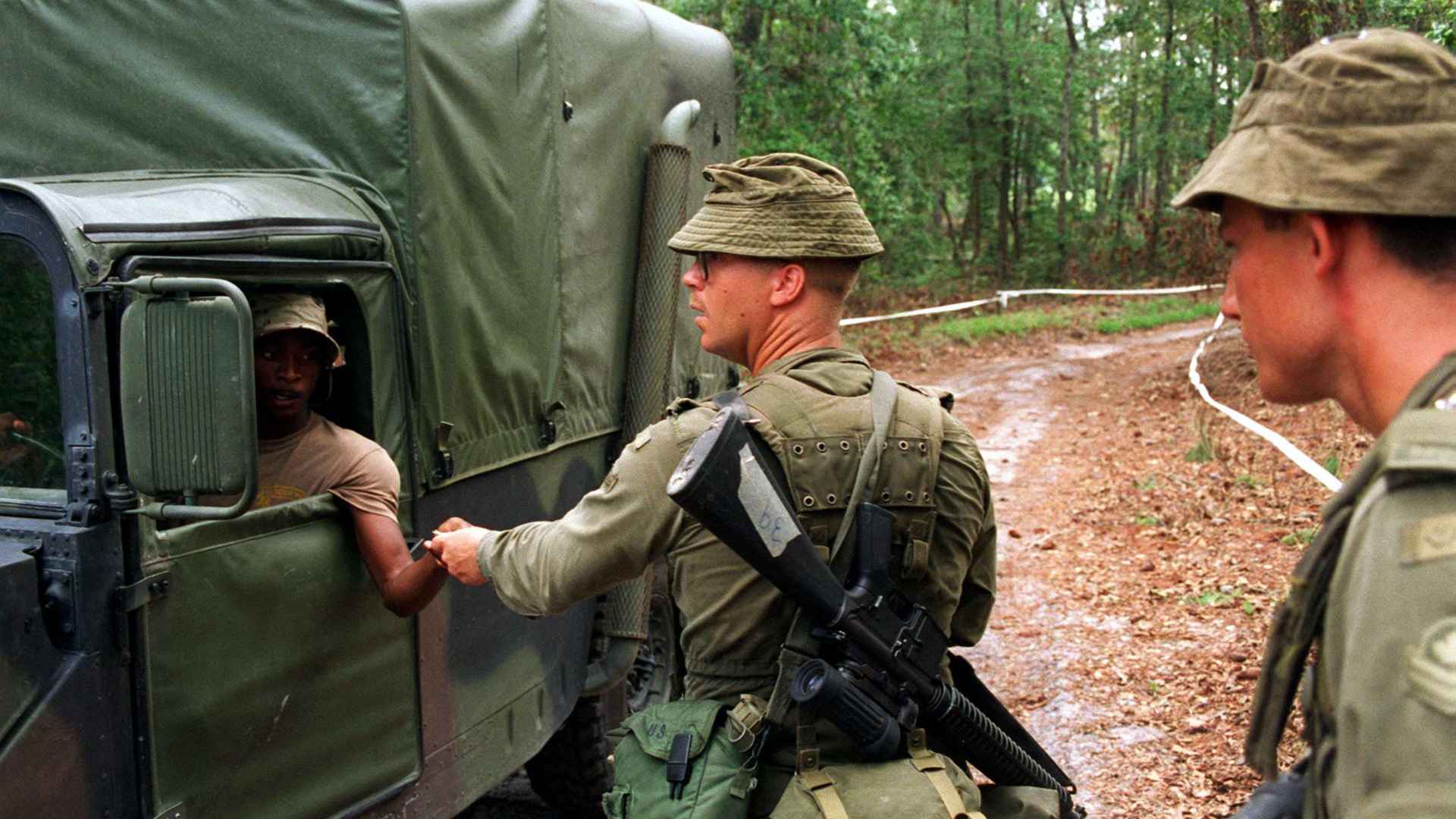
An Ipsos poll from last August found that a majority of Canadians consider their country’s armed forces to be “old and antiquated.”
This poll also found that 75% of Canadians think their country should increase military spending. In 2023, the Trudeau administration cut military spending even while a large majority of Canadians disagreed with him.
Praising Spending
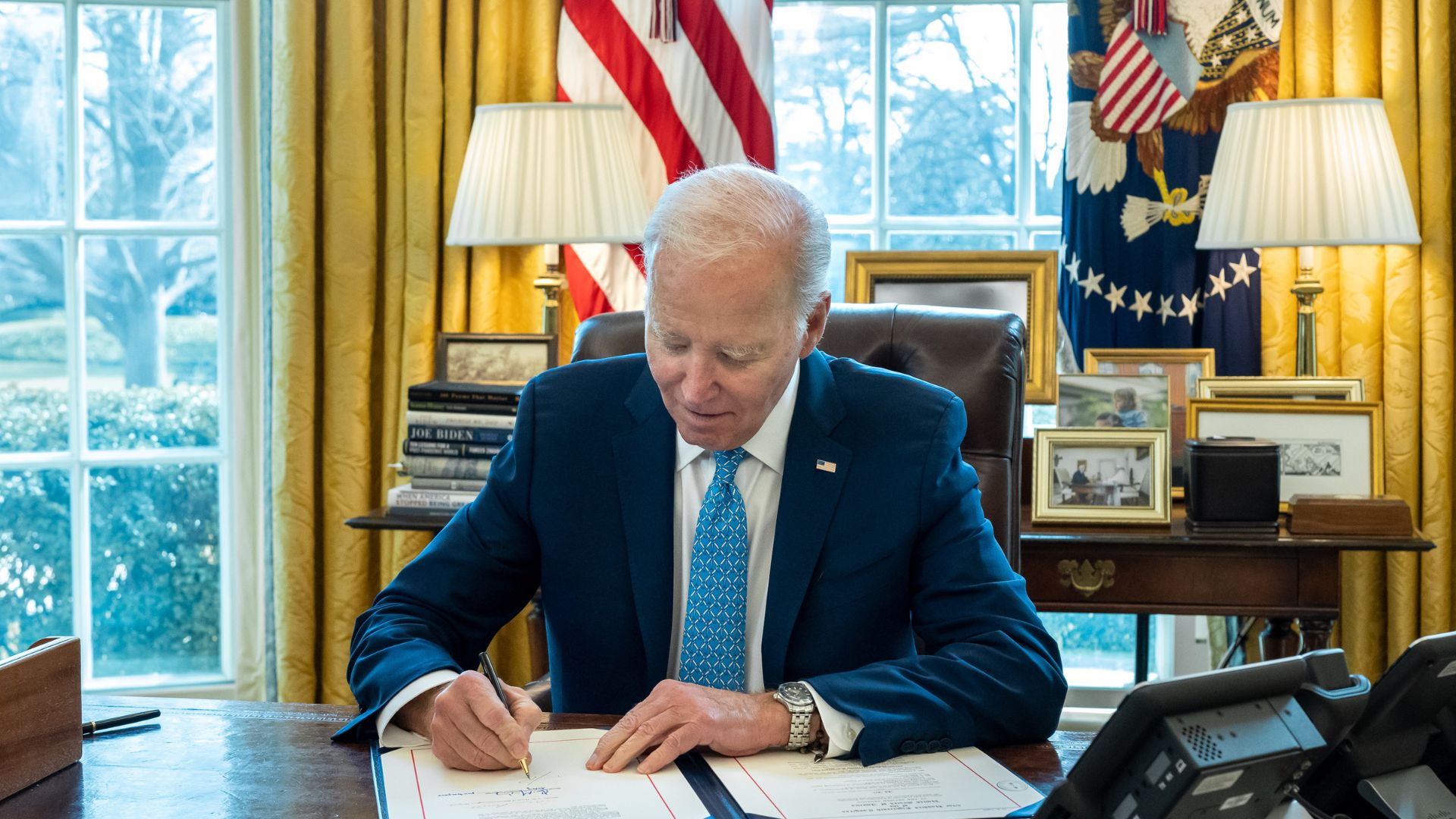
David Cohen, the U.S. Ambassador to Canada, praised the spending proposal, having previewed it last week.
Cohen called the spending plan “real progress” and a “substantial down payment” towards reaching the 2% GDP spending pledge. So far, the Biden administration has been very lax towards Trudeau for missing the defense target.
Not Good Enough
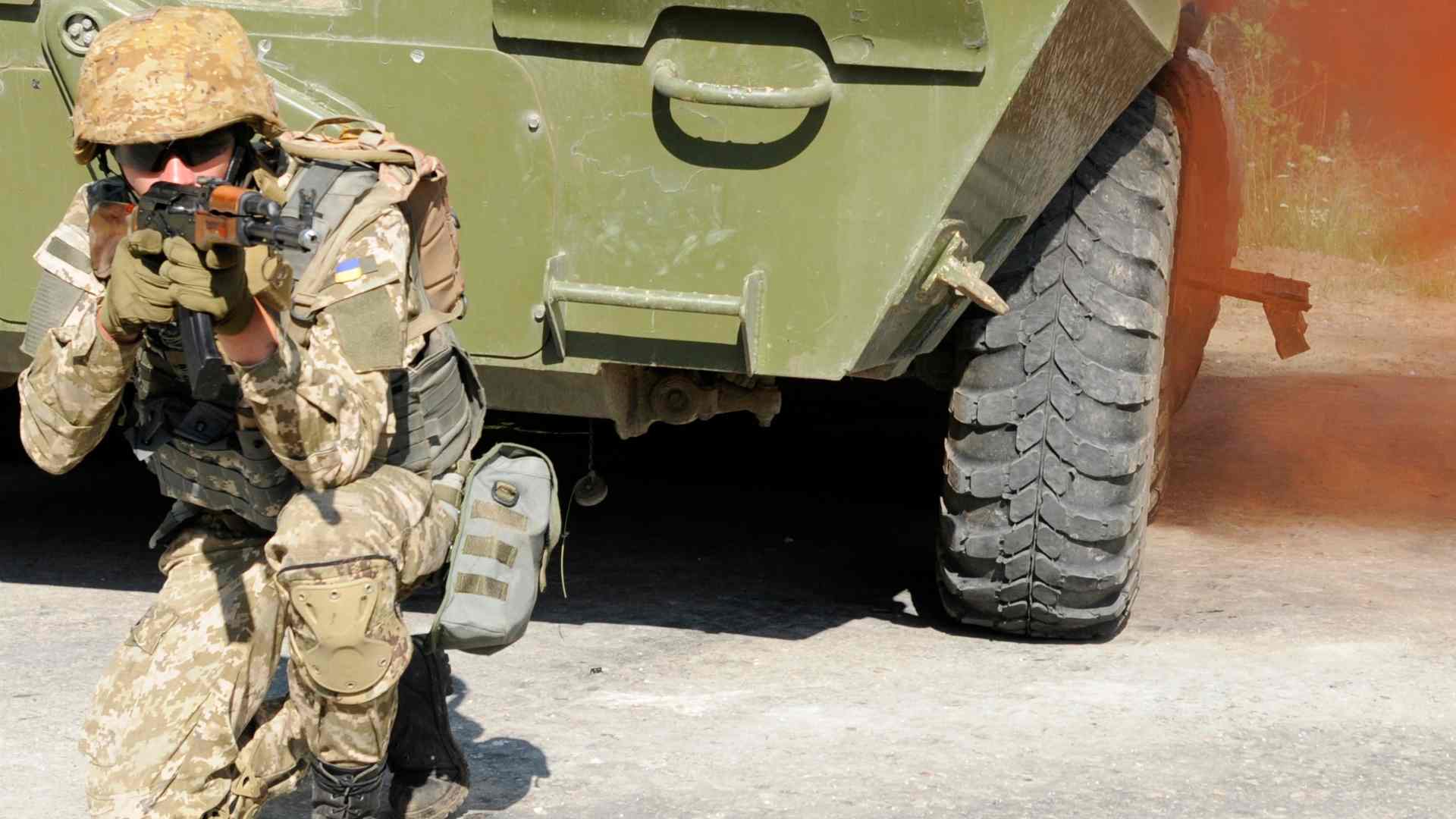
Kurt Volker, the U.S. ambassador to NATO in the George W. Bush administration, thought that not reaching the goal was a huge mistake for Canada, which is located close to Russia.
“There is a war going on. The world wants the U.S. to help deal with it. But if others aren’t even paying 2 percent of GDP on defense to do their share, it is going to be hard to persuade the U.S. to do even more in order to cover for Canada … and that would lead to a failure for all of us,” Volker said.
Trudeau Struggling
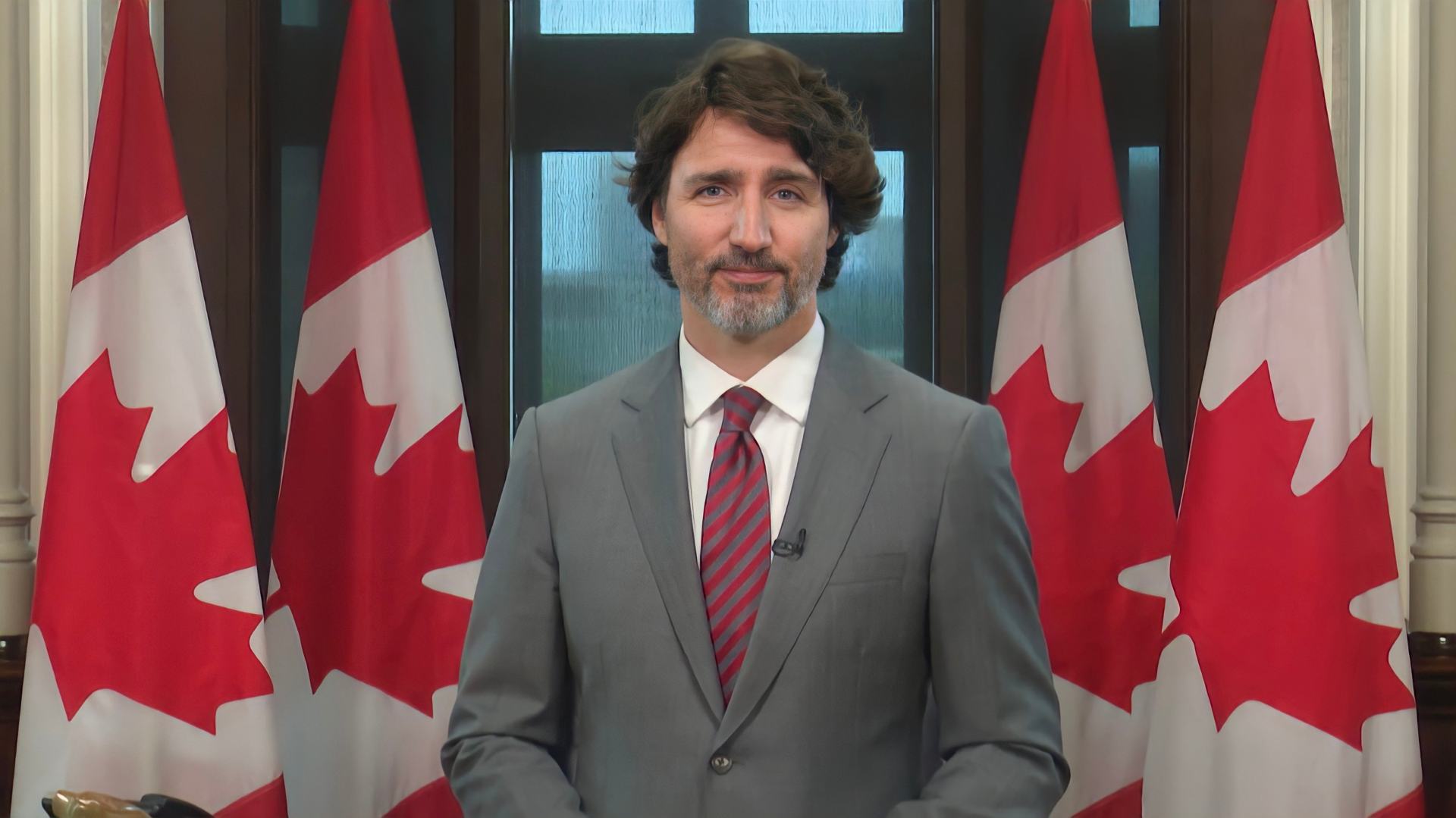
This reversal from last year to increase defense spending comes as Canadian Prime Minister Trudeau’s liberal party is lagging behind Pierre Poilievre’s Conservative Party in the polls by double digits.
If these numbers continue, Trudeau’s coalition could be swept away in the next Canadian federal election, set to take place at the end of 2025.
